Ancient documents and records can provide valuable clues for the study of past natural disasters, as well as assist in current disaster prevention and reduction efforts.
The Kyoto University Historical Earthquake Study Group has been bringing together the skills of earthquake researchers and historians to study historical documents about natural disasters. We strongly believe that studying these documents in order to learn what kind of disasters occurred in the past and what kind of damage they caused will help with future disaster reduction.
Records from ancient texts are being used right now to study the location and periodicity of major earthquakes. The Japanese term honkoku (翻刻) is used in the field of history to describe the transcription of historical texts, character by character, into machine-encoded, computerized text.
Great numbers of records have been left to us by past generations, but only a small number have converted into computerized text data useful for research. This site has been established in order to perform these kinds of useful transcriptions of ancient texts.
We welcome and appreciate your participation in our efforts to transcribe historical disaster records.
Deciphering ancient documents is very difficult work for modern readers. However do not be intimidated.
Minna de Honkoku has many features designed to help you decipher and transcribe ancient texts.
Deciphering ancient texts requires the ability to decipher kuzushiji (くずし字). Minna de Honkoku is linked with the KuLA kuzushiji learning app (Available on iOS and Android) to help you decipher these texts.
Deciphering ancient texts by oneself is grueling work. However, when you come across a difficult character or phrase, you can use Minna de Honkoku’s community features to get the assistance of other participants in the project, making it much easier.
Tategaki (縦書き), ruby characters, odoriji (踊り字) and other Japanese language notation is supported by our web-based editor. Because of these features all of your transcription work can be done in your web browser.
To read pre-Edo era documents, it is necessary to be able to read the kuzushiji (くずし字) script, which is very different from modern Japanese scripts. The KuLA kuzushiji learning app has been developed since 2016 in an effort lead by Osaka University.
The application has been downloaded over 100,000 times by history and ancient document enthusiasts interested in learning to decipher kuzushiji.
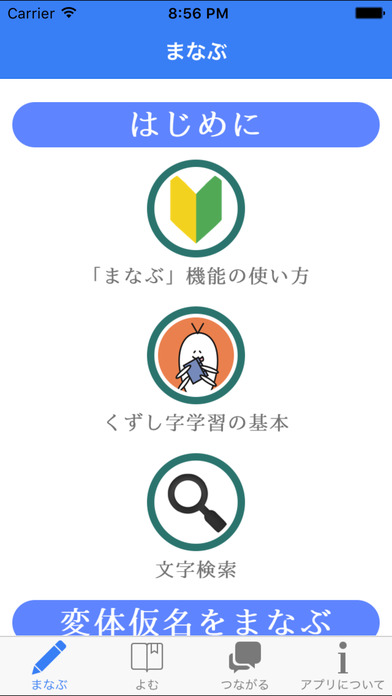
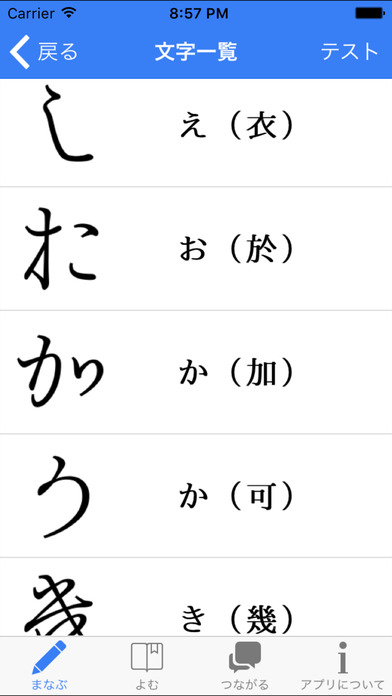
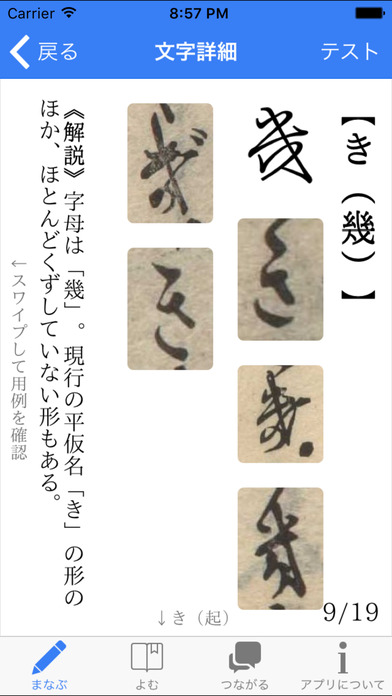
Minna de Honkoku has over 3000 text images compiled from KuLA.
With its test functionality users can confirm their study progress, and enjoy a gamified kuzushiji learning experience.
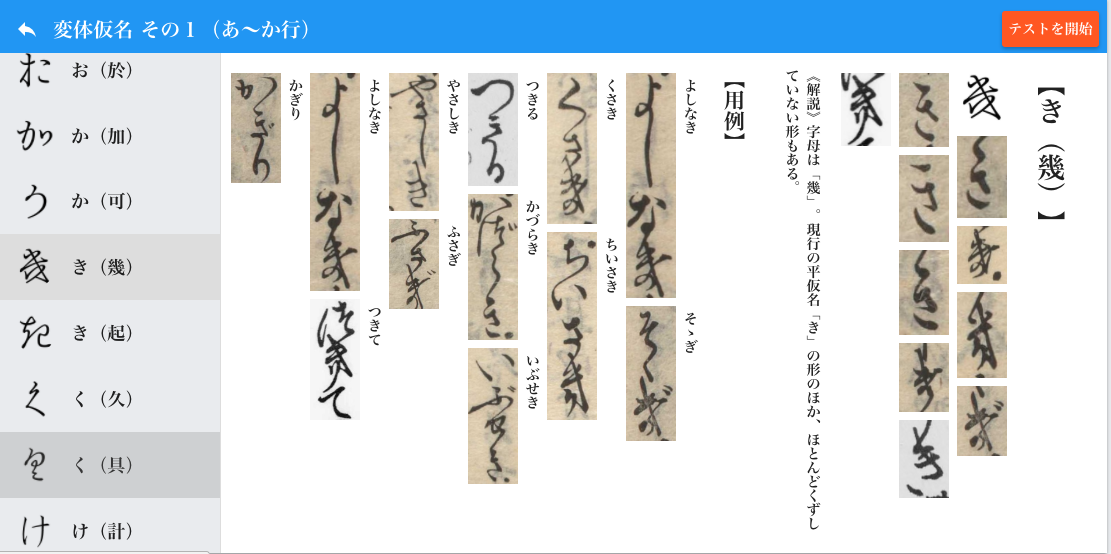
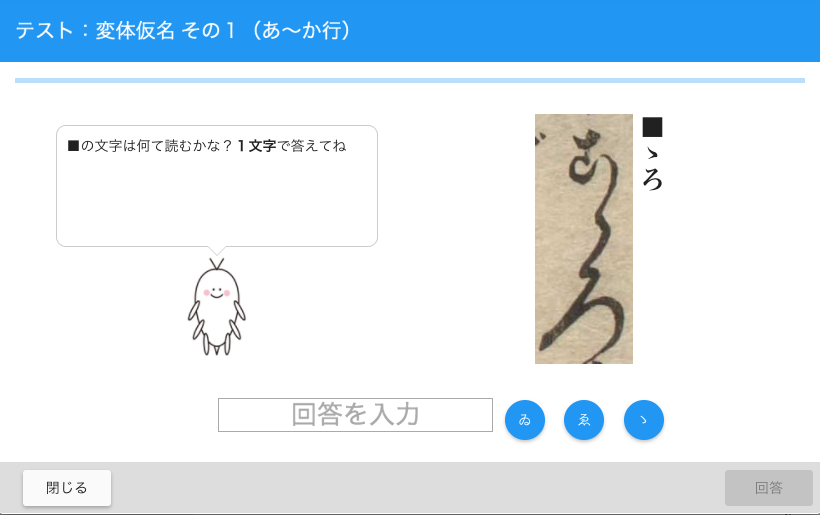
Our current objective is to transcribe the natural disaster history manuscripts contained within the Ishimoto Collection, archived by the library room of Earthquake Research Institute at the University of Tokyo.
The Ishimoto Collection is an archive of natural disaster history documents assembled by Mishio Ishimoto (1893-1940), the second head of the Institute. The collection is currently jointly administered by the Earthquake Research Institute and the Tokyo University Library System. A part of the collection has been digitized and is viewable on the Internet.
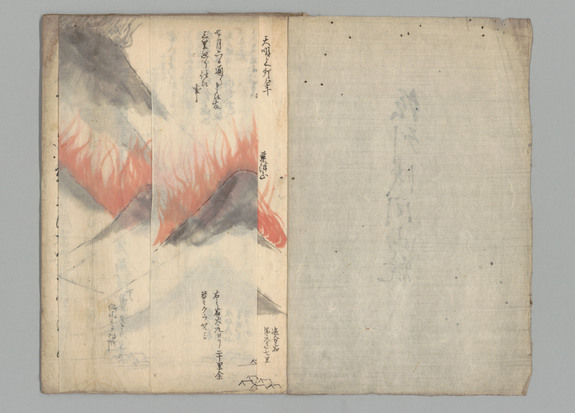
Shinshu Asama Yamayake (信州浅間山焼)
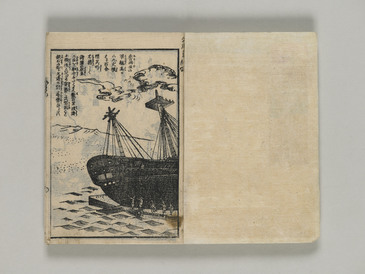
Shokoku Umibe Jishin Tsunami Sho (諸国海辺地震津波書)
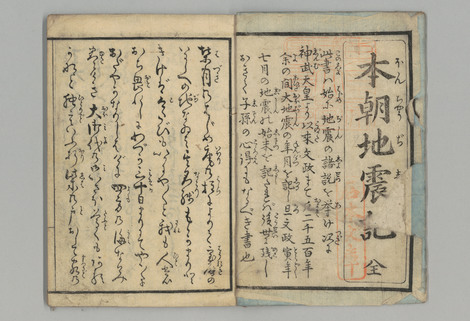
Honcho Jishin Ki (本朝地震記)
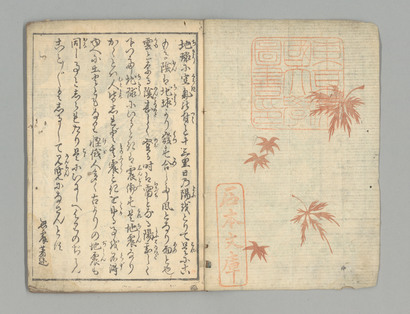
Shokoku Jishin Nendaiki (諸国地震年代記)